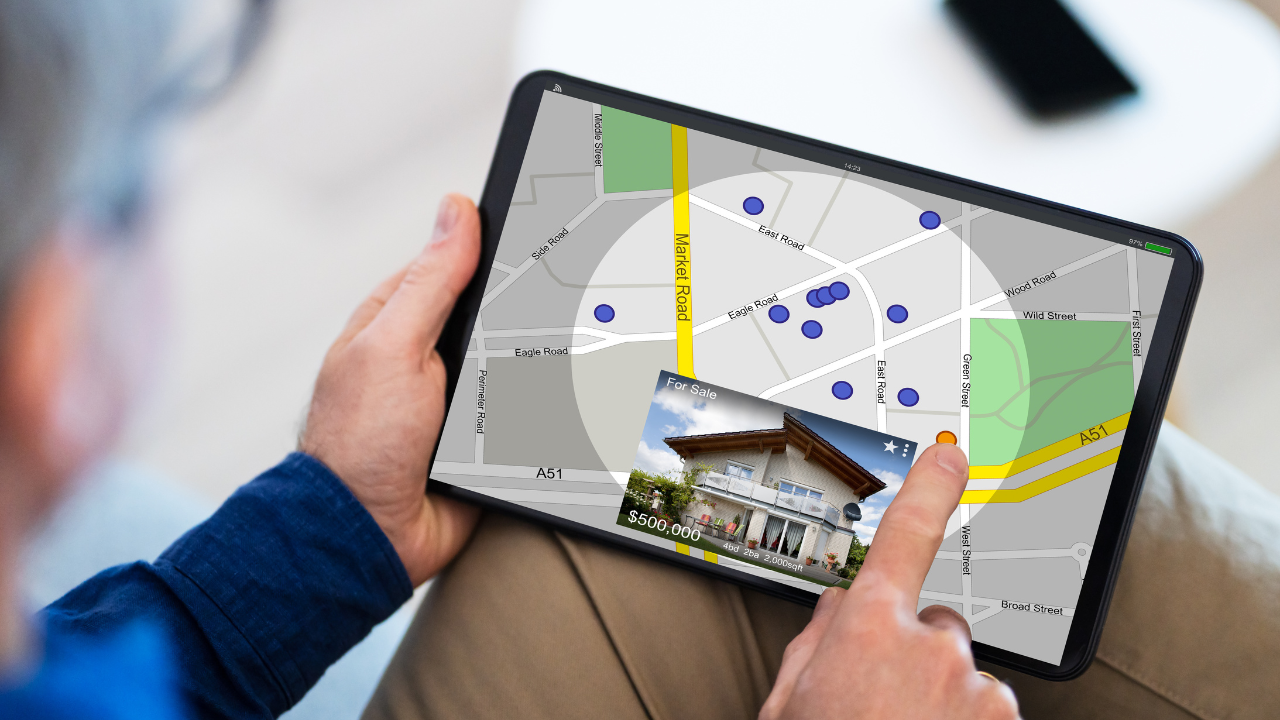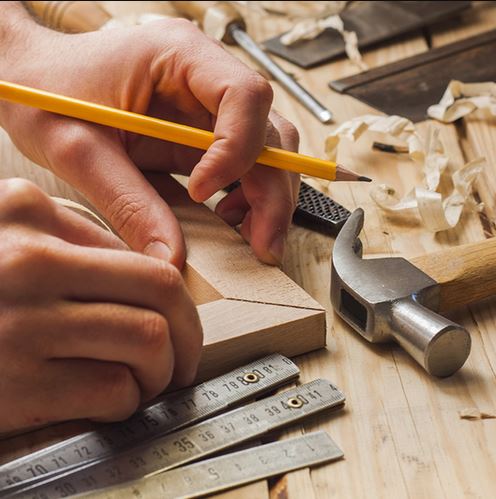When searching for a new house, it’s tempting to focus on features like granite countertops, spacious bedrooms, or a sprawling backyard. Yet the location of a home plays a far greater role in long-term happiness than any cosmetic upgrade or extra square footage. A knowledgeable real estate agent will always emphasize that a property’s neighbourhood can define the daily living experience and even its future value. The vibe of a community—the atmosphere, convenience, and opportunities it offers—will outlast décor trends and minor renovations. Understanding why location matters ensures that a purchase isn’t just a financial transaction but a thoughtful decision about where life will unfold for years to come.
Lifestyle Fit Over Floor Plans
Square footage and finishes are important, but they won’t compensate for a location that doesn’t align with lifestyle needs. A stunning house in a neighbourhood that feels inconvenient or unfamiliar can quickly lose its appeal. Evaluating a neighbourhood based on proximity to work, schools, recreational activities, and social connections ensures that daily routines remain enjoyable. Choosing a place that reflects hobbies, routines, and future plans turns a house into a true home.
Long-term thinking is essential when evaluating lifestyle fit. For young families, the presence of parks, childcare centres, and safe sidewalks may be deciding factors. Professionals might look for vibrant downtowns, networking opportunities, or quick access to public transit. Retirees may value peaceful streets, healthcare services, and community programs. A real estate agent can provide insight into neighbourhoods that suit these specific lifestyles, helping to narrow options without overlooking critical details.
Community Atmosphere and Amenities
Every neighbourhood has its own unique personality that shapes the daily living experience. Some communities buzz with activity, offering lively cafes, street festivals, and active social groups. Others are quieter, with tree-lined streets and a slower pace of life that appeals to those seeking tranquillity. Taking time to explore an area, whether during a weekend stroll or a local event, can reveal whether it feels like the right fit.
Amenities also influence the comfort and convenience of a location. Proximity to grocery stores, gyms, parks, and healthcare facilities can simplify life and improve the quality of living. Even smaller details, like well-maintained sidewalks, street lighting, and welcoming neighbours, play a role in overall satisfaction. Communities that align with personal values and offer easy access to essentials tend to provide a better long-term living experience. The right amenities support both comfort and future resale potential.
Long-Term Property Value and Growth
Location is one of the strongest predictors of a home’s future value. A property in a desirable area will generally appreciate faster, even if it requires cosmetic updates. Buyers who prioritize neighbourhood over finishes often see better returns on their investment. A slightly outdated house in a great location can be transformed over time, whereas a perfect home in a declining area may lose value.
Researching neighbourhood trends is essential for making a smart purchase. Planned developments, infrastructure improvements, or revitalization projects can signal future growth potential. Conversely, areas with shrinking populations or declining amenities may struggle to maintain property values. A real estate agent can provide market data and local insights to help identify promising locations. Choosing a neighbourhood with strong growth prospects ensures that a home remains a sound financial investment.
Daily Convenience and Commute Times
Even the most beautiful home can become a source of frustration if daily commutes or errands are inconvenient. Long travel times to work, schools, or grocery stores can add unnecessary stress and reduce overall quality of life. Evaluating commute times during peak hours or testing different routes can provide a realistic perspective on daily routines. Convenience is a critical, yet often overlooked, factor when choosing a location.
Access to major roads, highways, or reliable public transit adds flexibility for future changes in jobs or lifestyle. A neighbourhood that minimizes travel times allows more opportunities for family, hobbies, and relaxation. Overlooking convenience in favour of a slightly larger house or newer finishes can lead to regret. Factoring in accessibility ensures the home remains practical and enjoyable for years to come.
Safety and Neighbourhood Reputation
Safety is a fundamental consideration when evaluating a neighbourhood. Researching local crime statistics and speaking with residents provides insight into the area’s reputation. Feeling secure at home and in the surrounding streets is essential for long-term peace of mind. A safe environment also creates a welcoming atmosphere for friends and family visits.
Neighbourhood reputation can also influence property value. Well-maintained homes, active community organizations, and friendly neighbours contribute to a strong sense of pride and stability. Areas with good reputations tend to retain value even during market downturns. Walking through a neighbourhood at different times of day or attending local events can reveal details that online listings cannot. Choosing a safe, respected community enhances both lifestyle satisfaction and future resale potential.
Future Development and Infrastructure
Neighbourhoods are dynamic and can change significantly over time. Planned developments—such as new schools, shopping centres, or transit expansions—can increase a community’s appeal and property values. However, less desirable projects, like noisy industrial construction, may have the opposite effect. Investigating future plans can prevent unwelcome surprises after moving in.
Municipal websites, community boards, and local news outlets are useful resources for learning about upcoming changes. A real estate agent familiar with the area can also provide valuable context about growth patterns and development projects. Considering future infrastructure ensures that the chosen location will continue to meet expectations as it evolves. Thinking ahead transforms a good purchase into a long-term, future-proof investment.
Keys to Choosing the Right Neighbourhood
The perfect home isn’t just about square footage, finishes, or price—it’s about how well the neighbourhood complements lifestyle and priorities. By considering community atmosphere, amenities, convenience, and long-term growth, buyers can avoid costly mistakes and regrets. Location impacts daily routines, safety, and financial stability, making it one of the most important elements of any purchase. With insights from a trusted real estate agent and careful evaluation of future needs, the right neighbourhood can turn an ordinary house into a lasting source of comfort and value. Taking the time to evaluate location ensures a home isn’t just where life happens—it’s where life thrives.




